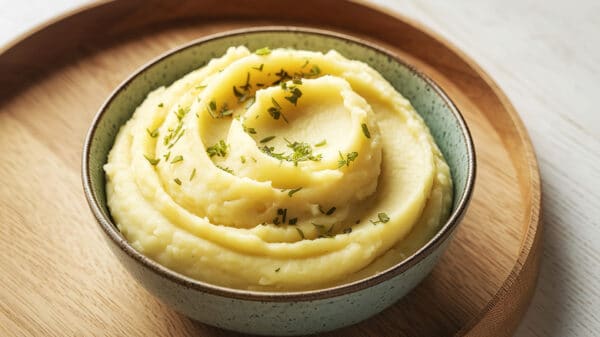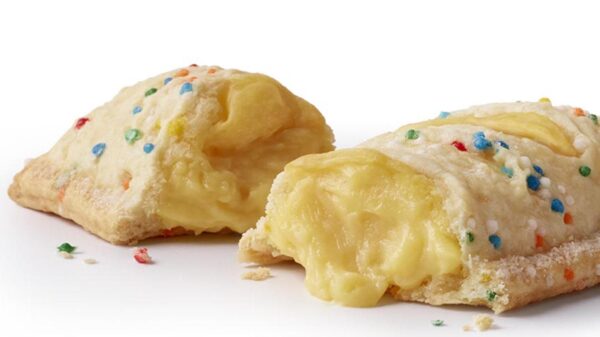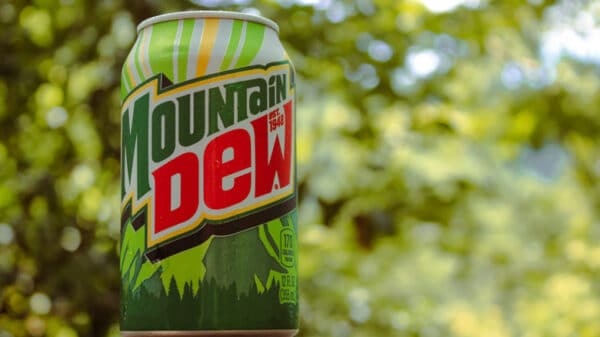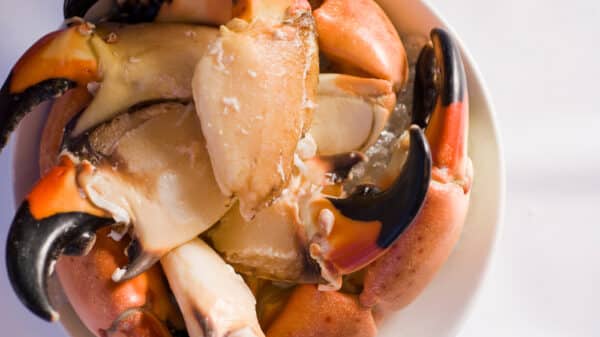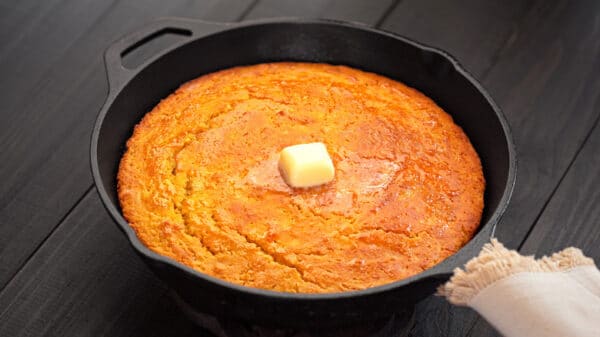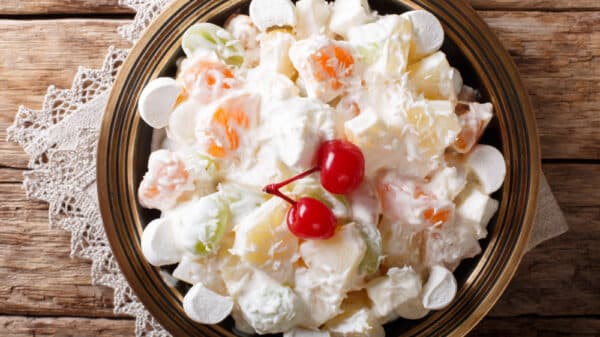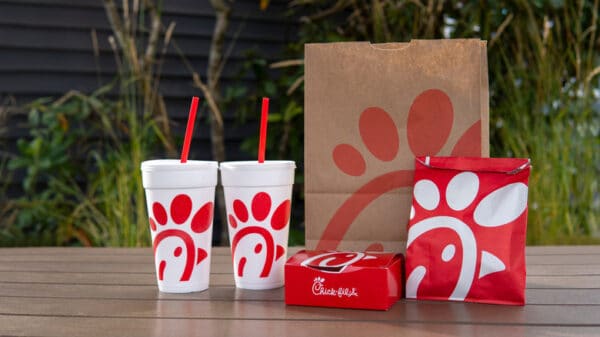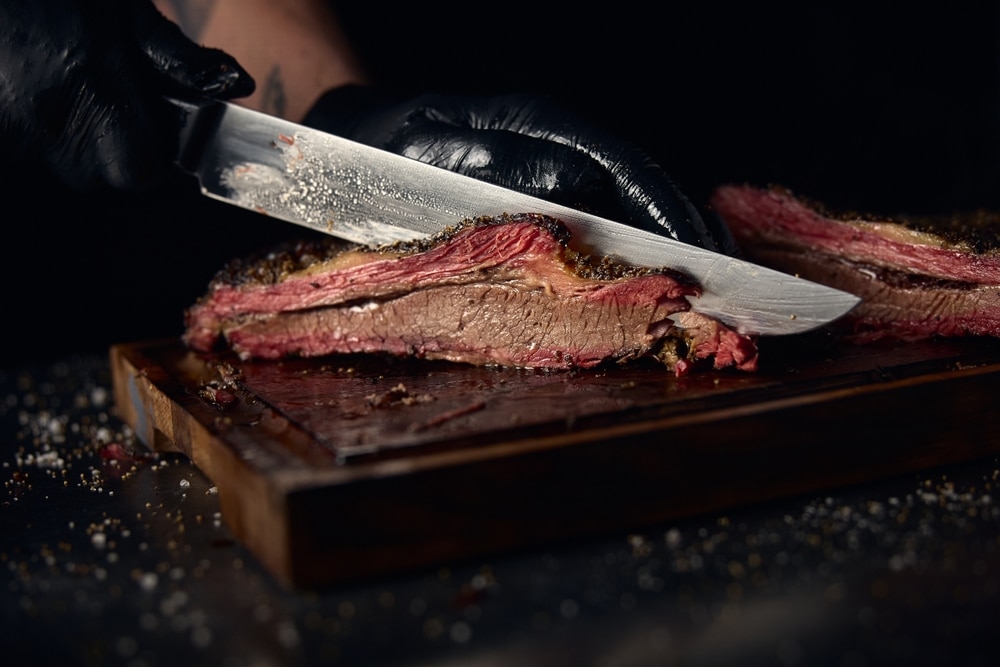For novice pitmasters eager to master the art of smoked brisket, the 4-2-10 method offers a straightforward yet effective approach. Developed by chef Emily Brubaker, this method divides the cooking process into three critical phases: smoking, wrapping, and resting. Understanding and executing each step correctly can significantly enhance the flavor and tenderness of your brisket.
The Phases of the 4-2-10 Method
- 4 Hours of Smoking: The process begins with four hours of smoking at a consistent temperature of 225°F. This step is crucial for developing that signature smoky flavor. Selecting the right wood, such as oak or hickory, can further accentuate the taste profile.
- 2 Hours Wrapped: After smoking, the brisket is wrapped in parchment and foil for two hours. This wrapping is vital as it helps to retain heat and moisture, leading to a more tender finished product.
- 10 Hours of Resting: Perhaps the most critical phase is the 10-hour rest. During this time, the meat is kept wrapped and ideally placed in a warmed cooler, surrounded by towels. This not only helps the juices redistribute throughout the brisket but also allows it to slowly come to a more palatable temperature.
The Science of Timing and Temperature
While the 4-2-10 method provides a solid framework, factors such as the cut of meat and its size can greatly influence the timing. For instance, a heavily marbled packer cut requires more smoking time than a leaner flat cut. This variation means that flexibility is essential; learning to read your brisket and adjusting cooking times based on its specific characteristics will lead to better results.
Moreover, pitmasters must be mindful of an important temperature milestone known as the “stall,” which typically occurs around 165°F. During this phase, the brisket might resist rising in temperature due to evaporating juices, so it’s crucial to monitor closely. Wrapping the brisket too early can hinder the development of a flavorful bark, while wrapping too late may lead to moisture loss.
The Importance of Resting
The resting phase is not to be underestimated. As long as the meat remains above a safe temperature of 145°F, it can rest indefinitely, allowing for continued collagen breakdown and tenderness enhancement. The longer the brisket rests (ideally hitting that 10-hour mark), the more succulent it becomes.
Limitations and Considerations
Despite its user-friendly structure, the 4-2-10 method isn’t without limitations. Smoke absorption, tenderness, and how well a brisket develops a crust (or bark) can vary significantly from one piece of meat to another. No two briskets are the same, and adjusting the timing based on your experience can lead to a more successful smoke.
It’s also crucial to remember that while general rules provide a foundation, the nuances of smoking are where the true artistry lies. Each smoking session serves as an opportunity to refine skills and discover what works best for individual preferences.
Conclusion
The 4-2-10 brisket method serves as an invaluable guide for beginners passionate about smoking meat. By mastering this technique and remaining flexible to the unique aspects of each brisket, pitmasters can pave their way to crafting delicious, tender results. As with any culinary art, practice, patience, and a willingness to adapt are the keys to barbecue success.

